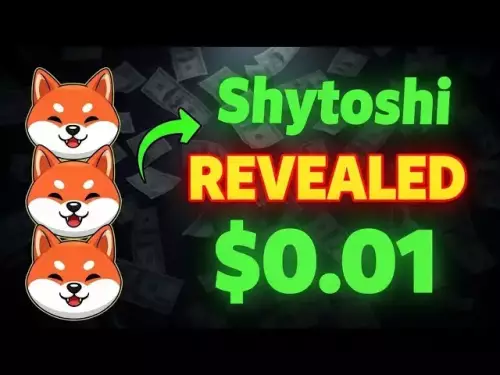-
 Bitcoin
Bitcoin $108800
-3.40% -
 Ethereum
Ethereum $4334
-3.39% -
 XRP
XRP $2.843
-4.67% -
 Tether USDt
Tether USDt $1.000
-0.01% -
 BNB
BNB $858.5
-1.04% -
 Solana
Solana $204.9
-2.94% -
 USDC
USDC $1.000
0.00% -
 Dogecoin
Dogecoin $0.2137
-3.45% -
 TRON
TRON $0.3361
-2.40% -
 Cardano
Cardano $0.8223
-4.03% -
 Chainlink
Chainlink $23.44
-6.89% -
 Hyperliquid
Hyperliquid $44.85
-5.60% -
 Ethena USDe
Ethena USDe $1.000
-0.01% -
 Sui
Sui $3.305
-4.41% -
 Stellar
Stellar $0.3608
-4.90% -
 Bitcoin Cash
Bitcoin Cash $537.4
-2.99% -
 Avalanche
Avalanche $23.59
-3.97% -
 Hedera
Hedera $0.2267
-4.66% -
 Cronos
Cronos $0.2700
-8.32% -
 UNUS SED LEO
UNUS SED LEO $9.444
-1.31% -
 Litecoin
Litecoin $110.0
-2.25% -
 Toncoin
Toncoin $3.079
-2.56% -
 Shiba Inu
Shiba Inu $0.00001210
-3.36% -
 Polkadot
Polkadot $3.777
-4.09% -
 Uniswap
Uniswap $9.554
-3.58% -
 Dai
Dai $1.000
0.01% -
 Bitget Token
Bitget Token $4.529
-1.71% -
 Monero
Monero $259.0
-3.34% -
 Aave
Aave $311.2
-1.92% -
 Ethena
Ethena $0.6483
-2.30%
Coinbase Stop Limit Order: A Guide to Advanced Trading Strategies
A stop limit order on Coinbase lets traders set a trigger price to activate a limit order, offering control over execution price while managing risk in volatile crypto markets.
Aug 29, 2025 at 08:00 pm
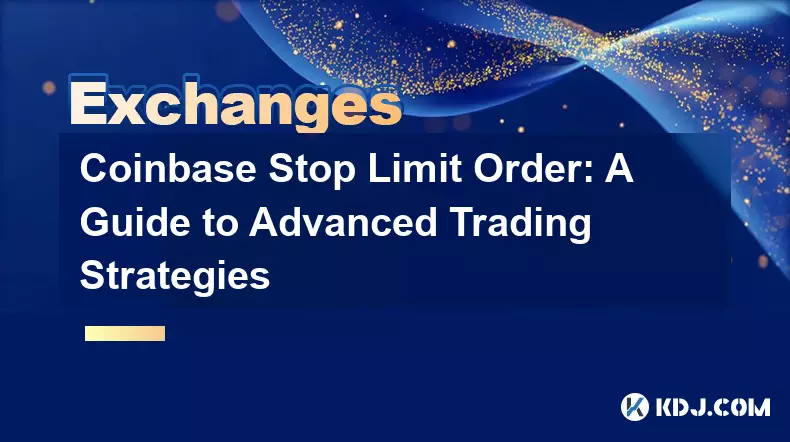
Understanding Stop Limit Orders on Coinbase
1. A stop limit order on Coinbase combines features of both stop orders and limit orders, allowing traders to set precise entry or exit points in volatile cryptocurrency markets. This type of order activates only when a specified stop price is reached, at which point it becomes a limit order. Traders can define both the stop price, which triggers the order, and the limit price, which determines the execution price.
2. Unlike a market order that executes immediately at the best available price, a stop limit order gives more control over the trade execution price. This is particularly useful in fast-moving markets where sudden price swings can lead to unfavorable fills. By setting a limit price, traders protect themselves from slippage, although there is no guarantee the order will execute if the market price does not reach the limit level after the stop is triggered.
3. On Coinbase Advanced Trade, users can access stop limit functionality directly from the order panel. The interface allows specifying the stop price, limit price, and order size in either base or quote currency. This flexibility supports both long and short-term trading strategies, especially for those managing risk in high-volatility environments like Bitcoin or altcoin trading pairs.
4. One key advantage of stop limit orders is their ability to automate trading decisions without constant monitoring. For example, a trader holding Ethereum might set a stop limit order to sell if the price drops to $3,000 (stop price), but only if it can be sold at $2,990 or higher (limit price). This prevents panic selling at rock-bottom prices during flash crashes.
5. However, traders must be cautious. If the market gaps past the limit price immediately after the stop is triggered, the order may remain unfilled. This risk is higher during major news events or exchange outages. Therefore, understanding market depth and liquidity of the trading pair is crucial before placing such orders.
Strategic Use Cases for Stop Limit Orders
1. Traders often use stop limit orders to lock in profits on winning positions. For instance, after a significant rally in Solana, a trader might set a stop limit order to sell half the position if the price starts to reverse, securing gains while leaving room for further upside.
2. In downtrends, stop limit orders help minimize losses. Suppose a trader buys Chainlink at $8.00 but wants to exit if the momentum turns bearish. Setting a stop at $7.50 with a limit at $7.45 ensures the sale is attempted only within a controlled price range, avoiding market sell-offs at worse rates.
3. Scalpers and day traders use stop limit orders to enter breakouts with precision. If a cryptocurrency is consolidating around $0.50, a trader might place a buy stop limit above the range—say, a stop at $0.52 and a limit at $0.53—to capture upward momentum while capping the maximum paid price.
4. These orders are also valuable in range-bound markets. A trader might place a sell stop limit near resistance and a buy stop limit near support, creating a semi-automated range-trading strategy. This works well with stable altcoins that exhibit repetitive price behavior over time.
5. During earnings seasons or major protocol upgrades, volatility spikes are common. Traders can use stop limit orders to position ahead of events. For example, setting a buy stop limit above the current price anticipates a breakout if news is positive, while a sell stop limit below protects against negative outcomes.
Risk Management and Common Pitfalls
1. One major risk is partial or non-execution. If the price hits the stop but quickly moves beyond the limit price, the order may not fill at all. This can be especially problematic in illiquid markets or during high-impact news when spreads widen dramatically.
2. Placing the stop and limit prices too close together increases the chance of non-execution. A narrow window offers less room for market fluctuations, making it difficult for the order to complete even if the trigger is hit. Traders should analyze average volatility and bid-ask spreads before determining the spread between stop and limit levels.
3. Emotional trading can lead to poorly placed stop limit orders. Setting stops too close to the current price may result in premature exits due to normal market noise. Conversely, setting them too far away defeats the purpose of risk control. Historical price action analysis helps in determining optimal placement.
4. Monitoring open orders is essential. A stop limit order remains active until executed, canceled, or expired. Forgetting about an active order can lead to unexpected trades if market conditions change. Coinbase allows users to view and manage pending orders in real time, reducing the chance of oversight.
5. Always backtest your strategy using historical data before deploying stop limit orders with real funds. Simulating how your orders would have performed in past market conditions provides insight into their effectiveness and reliability.
Optimizing Order Placement on Coinbase
1. Use technical indicators to inform stop and limit levels. Moving averages, Bollinger Bands, and Fibonacci retracements can help identify logical support and resistance zones where stop limit orders are more likely to execute successfully.
2. Consider the time of day. Cryptocurrency markets experience varying levels of liquidity across different time zones. Placing orders during low-volume periods may increase slippage risk or reduce execution chances. High-liquidity windows, such as during U.S. or European trading hours, offer better fill rates.
3. Adjust order parameters based on market regime. In trending markets, wider stop-limit spreads may be necessary to avoid being stopped out by minor pullbacks. In choppy or sideways markets, tighter spreads can improve precision without sacrificing execution probability.
4. Leverage Coinbase’s price alerts to stay informed about approaching stop levels. Combining alerts with stop limit orders ensures you are aware of potential triggers and can make timely adjustments if market dynamics shift.
5. Regularly review filled and unfilled orders to refine your approach. Analyzing why certain stop limit orders executed—or failed to execute—helps improve future decision-making and increases overall trading discipline.
Frequently Asked Questions
What happens if my stop limit order is triggered but not filled?If the stop price is reached but the market price moves past your limit price before the order can execute, the trade will not be filled. The order remains open until the price returns to the limit level or until you cancel it manually.
Can I modify a stop limit order after placing it on Coinbase?Yes, Coinbase allows users to edit or cancel stop limit orders as long as they have not been triggered. Once the stop price is hit, the order converts to a limit order and can no longer be modified.
Is there a fee for placing stop limit orders on Coinbase?Coinbase does not charge additional fees for placing stop limit orders. Fees are only incurred if the order executes, and they are based on the standard taker or maker rates depending on whether the limit order is filled immediately or waits on the order book.
Do stop limit orders expire?By default, stop limit orders on Coinbase are set as 'Good 'Til Canceled' (GTC), meaning they remain active until executed or manually canceled. Users can also choose time-in-force options like 'Immediate or Cancel' (IOC) or 'Fill or Kill' (FOK) depending on their strategy.
Disclaimer:info@kdj.com
The information provided is not trading advice. kdj.com does not assume any responsibility for any investments made based on the information provided in this article. Cryptocurrencies are highly volatile and it is highly recommended that you invest with caution after thorough research!
If you believe that the content used on this website infringes your copyright, please contact us immediately (info@kdj.com) and we will delete it promptly.
- PEPE Price: Technical Indicators Paint a Mixed Outlook – Should You Buy?
- 2025-08-29 23:50:12
- Algorand (ALGO): Navigating Support Tests and Bullish Signals
- 2025-08-29 23:55:12
- Pi Coin's Bullish Signs: Eyes on $0.365 Breakout and Beyond!
- 2025-08-29 21:50:12
- Bitcoin, Digital Health, Crypto Convergence: A New Era of Economic Resilience
- 2025-08-29 21:05:17
- BlockchainFX & Meme Coins: What's the Deal in 2025?
- 2025-08-29 19:05:12
- XRP Price Primed for Massive Rally? Raoul Pal Weighs In
- 2025-08-29 17:25:13
Related knowledge
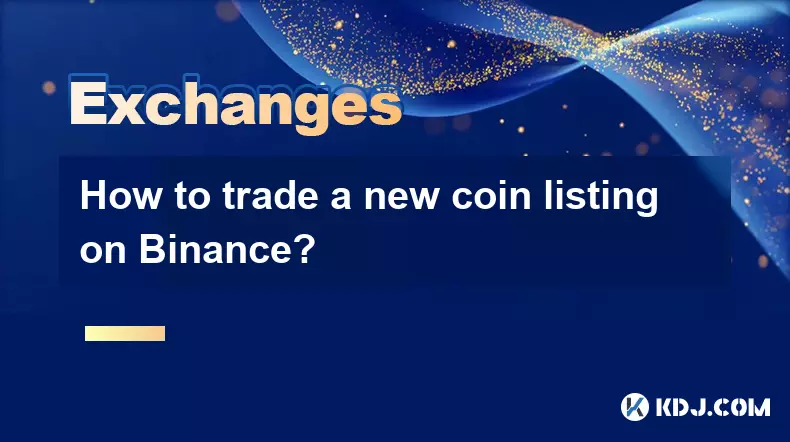
How to trade a new coin listing on Binance?
Aug 29,2025 at 11:14am
Understanding the Pre-Listing Phase1. Research the project thoroughly before any listing announcement. Whitepapers, team backgrounds, and community se...
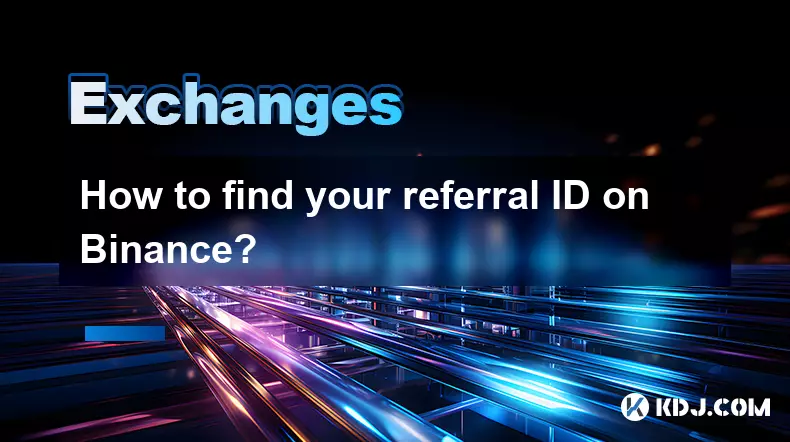
How to find your referral ID on Binance?
Aug 30,2025 at 12:18am
Understanding the Importance of a Referral ID on Binance1. A referral ID on Binance is a unique identifier assigned to each user who participates in t...
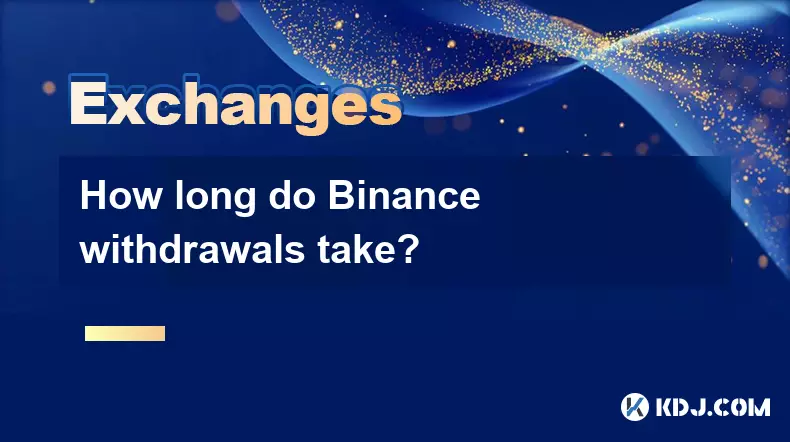
How long do Binance withdrawals take?
Aug 29,2025 at 02:57pm
Understanding Binance Withdrawal Processing Times1. Binance typically processes cryptocurrency withdrawals within a few minutes after the request is c...
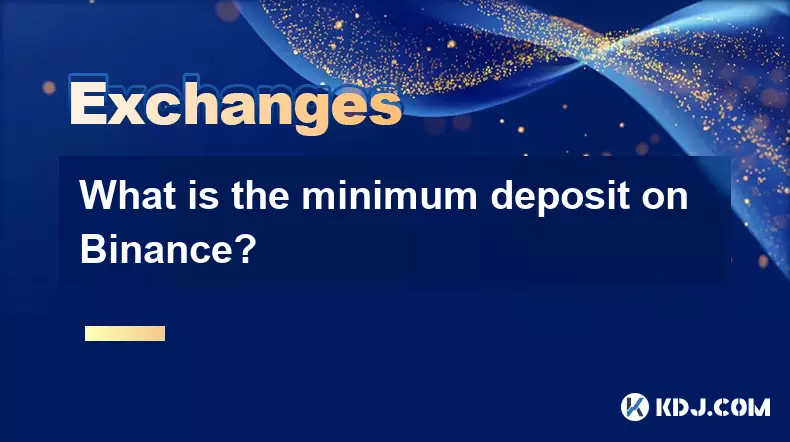
What is the minimum deposit on Binance?
Aug 29,2025 at 01:01pm
Understanding Binance Deposit Requirements1. The minimum deposit on Binance varies depending on the cryptocurrency being deposited. Each digital asset...
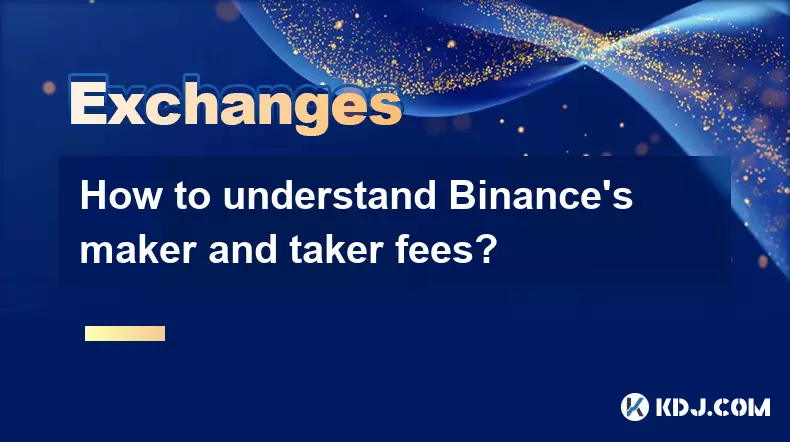
How to understand Binance’s maker and taker fees?
Aug 29,2025 at 02:28pm
Understanding Decentralized Exchanges in the Crypto Ecosystem1. Decentralized exchanges (DEXs) operate without a central authority, allowing users to ...
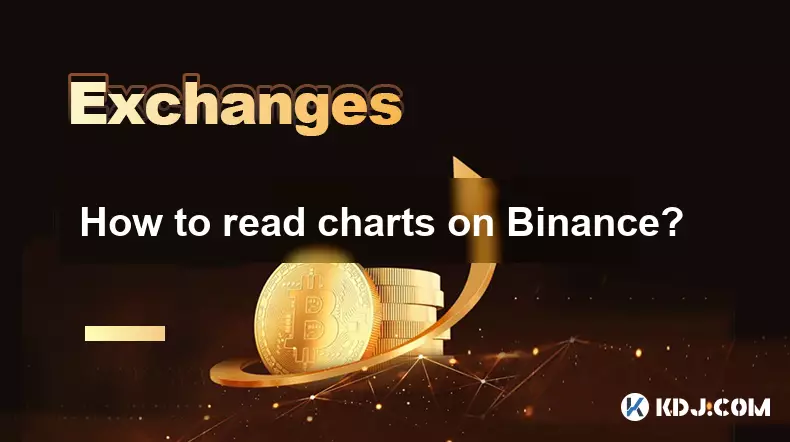
How to read charts on Binance?
Aug 29,2025 at 08:28am
Understanding Candlestick Patterns1. Each candlestick on Binance represents price movement over a specific time interval, such as one minute, five min...

How to trade a new coin listing on Binance?
Aug 29,2025 at 11:14am
Understanding the Pre-Listing Phase1. Research the project thoroughly before any listing announcement. Whitepapers, team backgrounds, and community se...

How to find your referral ID on Binance?
Aug 30,2025 at 12:18am
Understanding the Importance of a Referral ID on Binance1. A referral ID on Binance is a unique identifier assigned to each user who participates in t...

How long do Binance withdrawals take?
Aug 29,2025 at 02:57pm
Understanding Binance Withdrawal Processing Times1. Binance typically processes cryptocurrency withdrawals within a few minutes after the request is c...

What is the minimum deposit on Binance?
Aug 29,2025 at 01:01pm
Understanding Binance Deposit Requirements1. The minimum deposit on Binance varies depending on the cryptocurrency being deposited. Each digital asset...

How to understand Binance’s maker and taker fees?
Aug 29,2025 at 02:28pm
Understanding Decentralized Exchanges in the Crypto Ecosystem1. Decentralized exchanges (DEXs) operate without a central authority, allowing users to ...

How to read charts on Binance?
Aug 29,2025 at 08:28am
Understanding Candlestick Patterns1. Each candlestick on Binance represents price movement over a specific time interval, such as one minute, five min...
See all articles
























